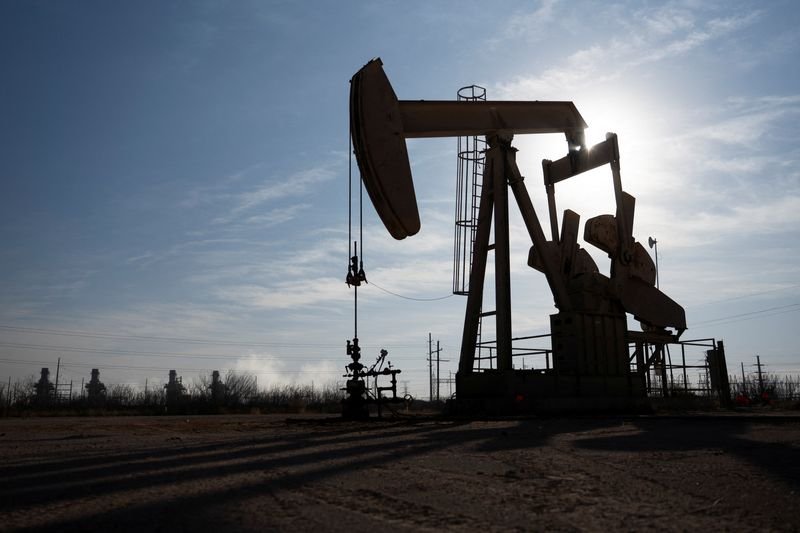Surge in Crude Oil Prices Amid Tariff Developments
Crude Oil Prices Jump
On Monday, crude oil prices experienced a notable increase despite ongoing concerns about oversupply in the market. This rise followed the United States’ recent announcement of a tariff framework agreement with the European Union. With fears of a significant tariff war diminishing after a similar deal with Japan, investors are reacting positively.
For September delivery, West Texas Intermediate (WTI) crude oil saw a rise of $1.72, translating to an increase of 2.64%, settling at $66.88 per barrel.
Tariff Agreement Between the US and EU
The tariff framework manifested over the weekend when US President Donald Trump revealed the agreement with the EU, allowing for a 15% tariff on EU exports to the US. This rate is significantly lower than the previously suggested 30%. Additionally, the EU has committed to substantial investments in the US energy sector in the coming years.
Simultaneously, negotiations between US and Chinese officials are ongoing in Sweden to address mutual tariffs, reflecting a broader trend of diplomatic engagements aimed at stabilizing trade relations.
Russia’s Stance and Sanctions
On another front, frustration with Russian President Vladimir Putin’s prolonged conflict with Ukraine continues to escalate. Trump has issued a 50-day ultimatum for a ceasefire and has threatened secondary sanctions against Russian oil buyers, specifically targeting China and India if compliance is not met. However, Russia has largely overlooked these threats.
Recent developments suggest that Trump may reduce this timeframe from 50 days to approximately 10 or 12, although exact dates remain undisclosed.
In early July, the EU’s 27 member states introduced their 18th sanctions package aimed at Russia, which includes lowering the price cap on Russian oil imports. This measure also affects petroleum products that have been refined from Russian crude oil in third nations.
The impact of these sanctions could be significant for India, which imports Russian crude oil and refines it into diesel, petrol, and jet fuel for global export, amounting to approximately $5 billion.
OPEC’s Production Decisions
On the supply side, the OPEC Joint Ministerial Monitoring Committee convened today and emphasized the importance of adhering to production increases, which involves unwinding a reduction of 2.2 million barrels per day among member nations. A recent internal outlook from OPEC suggests steady global demand continuing through 2025.
The organization is reportedly on track to raise oil output for September, building upon an anticipated increase of 548,000 barrels per day for August.
Despite fears of oversupply, the demand side is currently buoyed by robust summer consumption, helping support oil prices.
Geopolitical Tensions
Amid these developments, there are heightened geopolitical tensions in the region. Israel’s defense minister has issued stern warnings to Iran against threats, indicating that Israel would not hesitate to target Iranian leaders if necessary.
In early July, the Iran-backed Houthi rebels from Yemen executed attacks on two bulk cargo carriers in the Red Sea, prompting fears over maritime security. The rebel group has declared intentions to escalate their assaults on merchant vessels associated with "any company trading with Israel" in the Red Sea and Suez Canal.
Currently, the US and its allies have not intervened militarily in support of Israel, leaving the situation fragile yet stable.
Impact of Interest Rates on Oil Prices
As crude oil is priced in US dollars, interest rate decisions made by the Federal Reserve could significantly influence both the value of the dollar and subsequently the price of crude oil. Market players will closely monitor these developments, as shifts in interest rates can have far-reaching implications for oil pricing and global economic conditions.
By staying in tune with these ongoing changes, stakeholders can better navigate the complexities of the energy market amidst evolving geopolitical landscapes.
